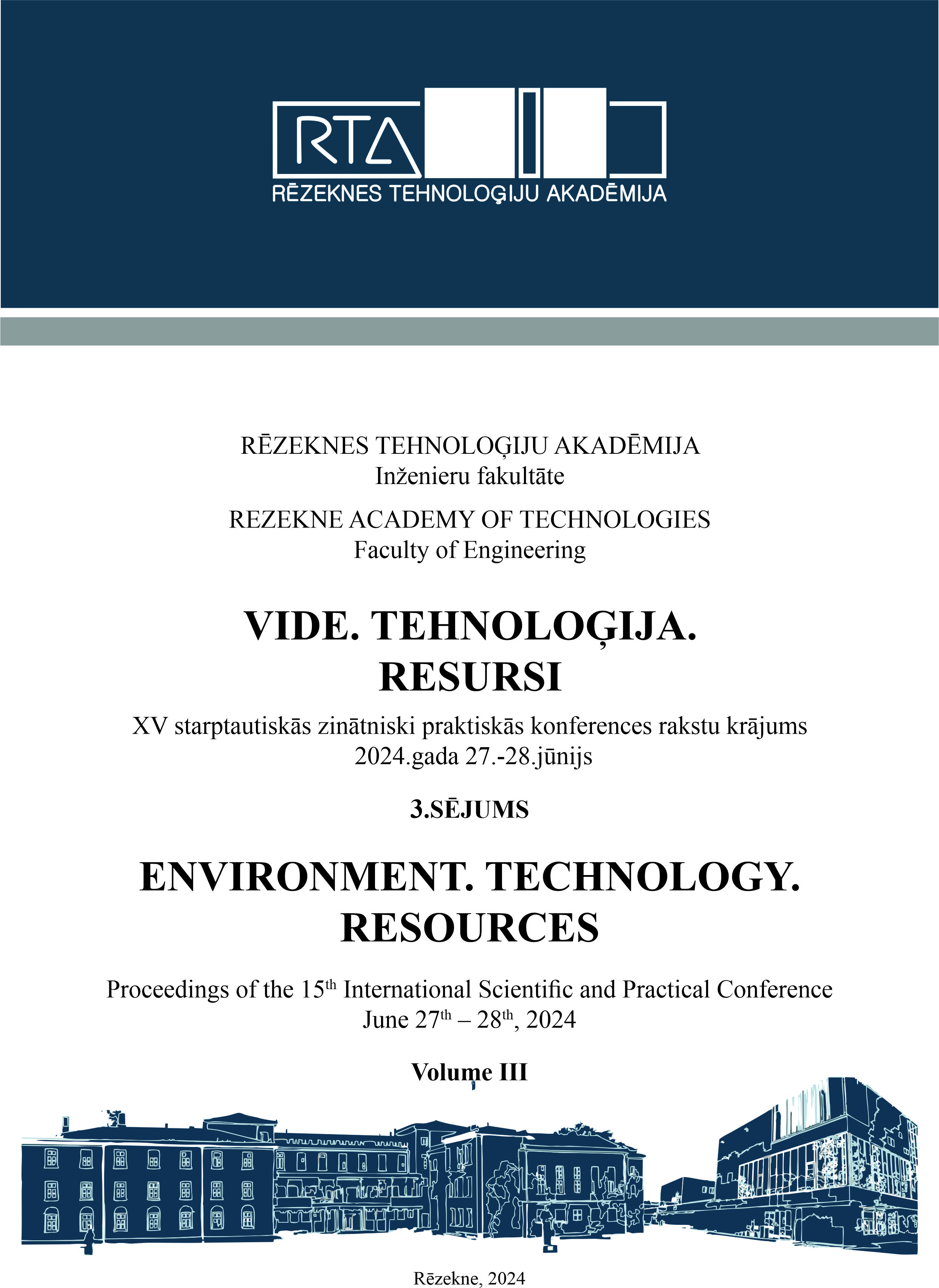DESIGN AND IMPLEMENTATION OF SOFTWARE-DEFINED PI/4-DQPSK MODEM WITH RECEIVE ANTENNA DIVERSITY
DOI:
https://doi.org/10.17770/etr2024vol3.8108Keywords:
DQPSK modem, antenna diversity, GNU Radio Framework, software-defined radio systemAbstract
Software-defined radio (SDR) is leading concept nowadays, for development of multifunctional radio systems. Article addresses design and implementation on SDR platform of digital modulator/demodulator (modem) with pi/4 differential quadrature phase shift keying modulation (pi/4-DQPSK) and antenna diversity in the receiver side. A model of the system was created in GNU Radio Framework. Experimental results of bit error rate (BER) in presence of additive white Gaussian noise (AWGN) is obtained through simulation and compared with no diversity system. Superiority of diversity scheme, based on criteria BER, is confirmed by numerical results. An experimental, model-based RF DQPSK modem was implemented with Universal Software Radio Peripheral (USRP) frontend. This step from development process confirms advantages of SDR concept, verifies model implementation trough ability to exchange digital information from the transceiver to the receiver in indoor environment and capability of constructive elements to support cocherense. For future implementation of full functional radio communication system, the need of additional blocks for synchronization is identified.
References
Raymond J. Lackey and Donald W. Upmal, “Speakeasy: The Military Software Radio”, IEEE Communications Magazine, May 1995
J. Mitola III, “Software Radios: Survey, critical evaluation and future directions”, IEEE Aerospace and Electronic Systems Magazine,Vol. 8, Issue 4, April 1993, pp. 25 – 36, doi: 10.1109/62.210638
J. Mitola III, “The Software Radio Architecture”, IEEE Communications Magazine, May 1995, pp. 26 – 38, doi:10.1109/35.393001
ETSI EN 300 392-2, Terrestrial Trunked Radio (TETRA); Voice plus Data (V+D); Part 2: Air Interface (AI).
Schwarzinger, A., Digital Signal Processing in Modern Communication Systems, 2nd Edition, Authored and Published by A.O. Schwarzinger, Lake Mary, Florida, 32764
Tetra-kit, https://gitlab.com/larryth/tetra-kit, accessed on 01 July, 2023.
I. Ivanov, "Modeling, Simulation and Implementation of pi/4-DQPSK modem on SDR," 2023 XXXII International Scientific Conference Electronics (ET), Sozopol, Bulgaria, 2023, pp. 1-5, doi: 10.1109/ET59121.2023.10278732.
Synchronization and MIMO Capability with USRP Devices. (2020, April 16). Ettus Knowledge Base, . Retrieved 10:25, April 7, 2024 from https://kb.ettus.com/index.php?title=Synchronization_and_MIMO_Capability_with_USRP_Devices&oldid=4912.
Downloads
Published
Issue
Section
License
Copyright (c) 2024 Ivan Ivanov, Mario Angelov

This work is licensed under a Creative Commons Attribution 4.0 International License.



